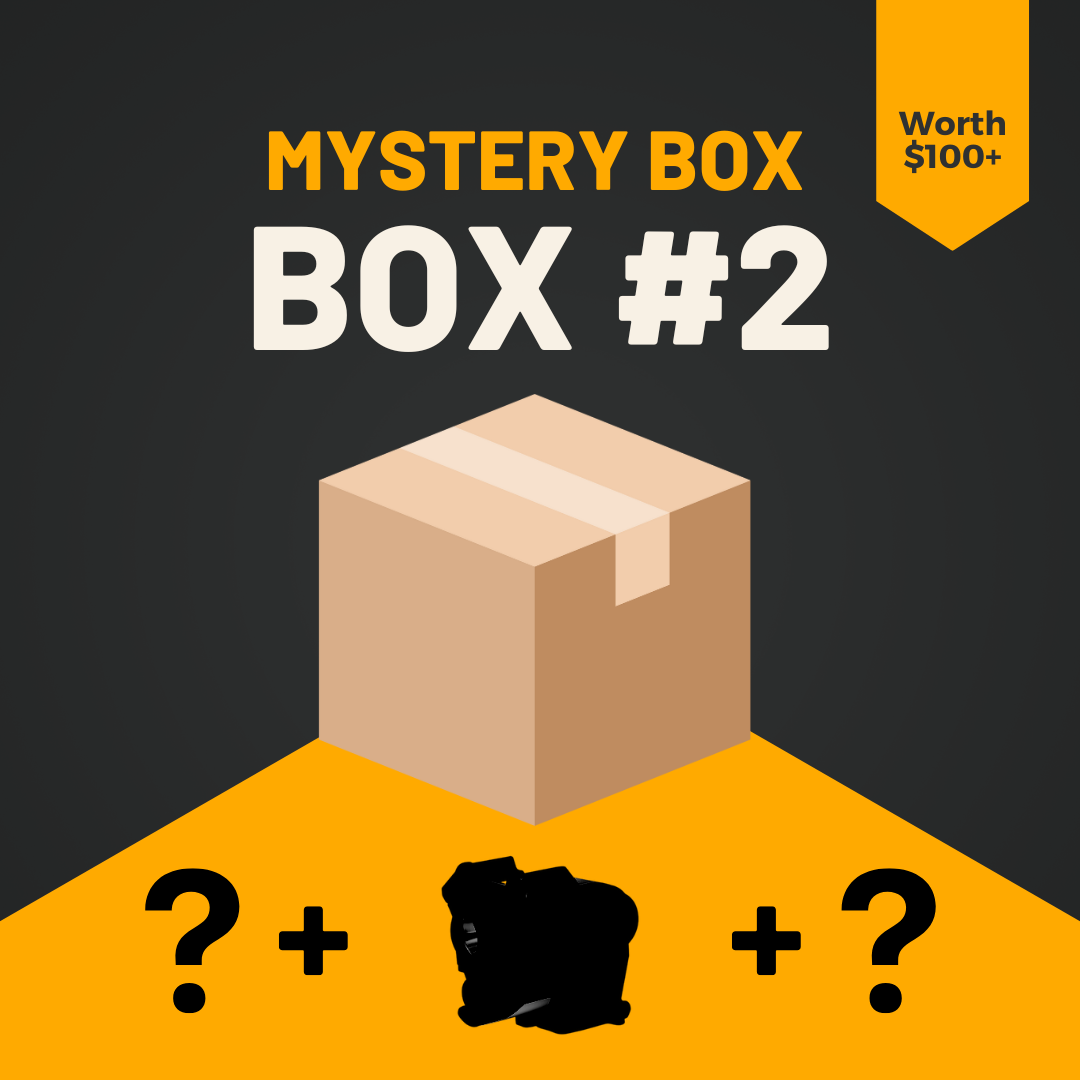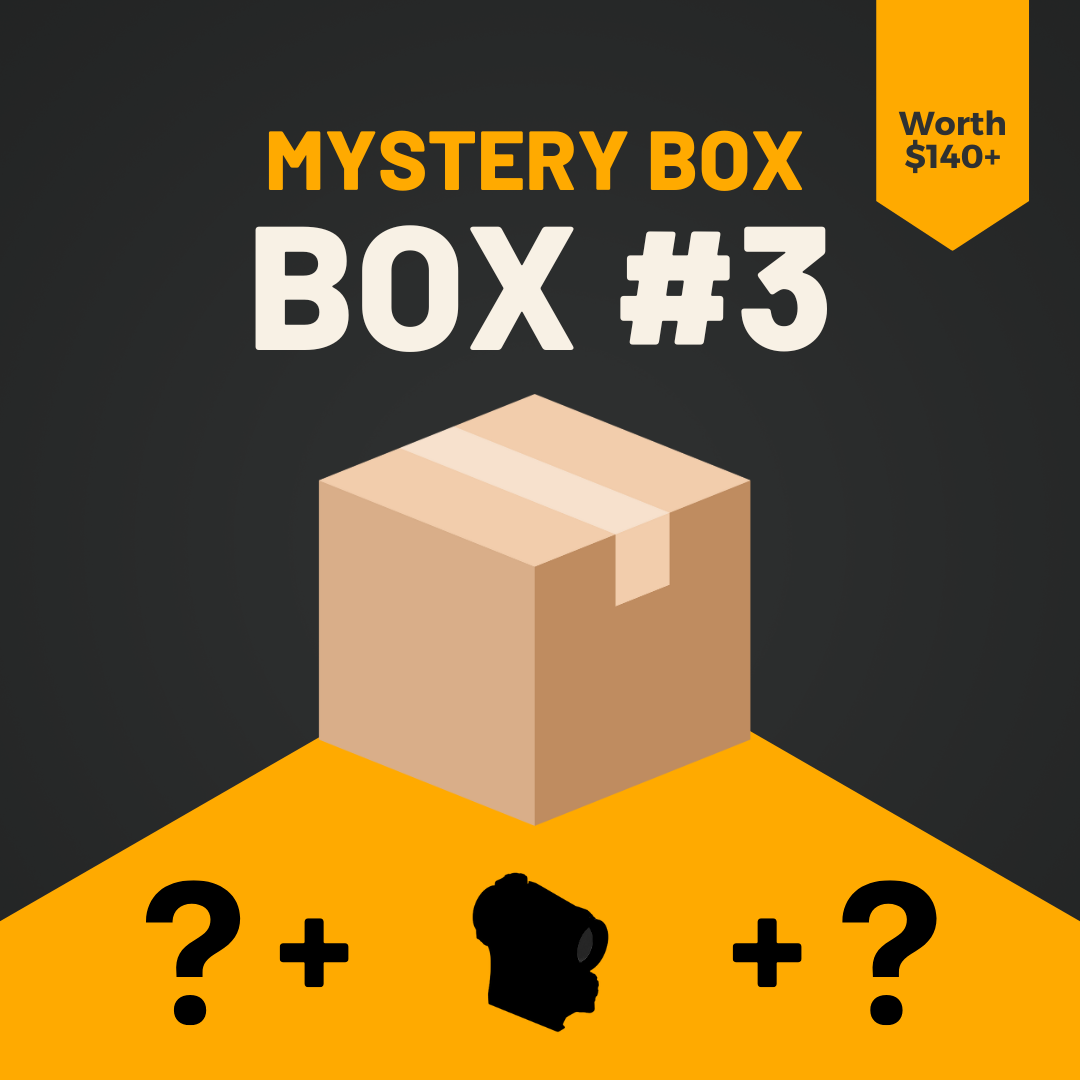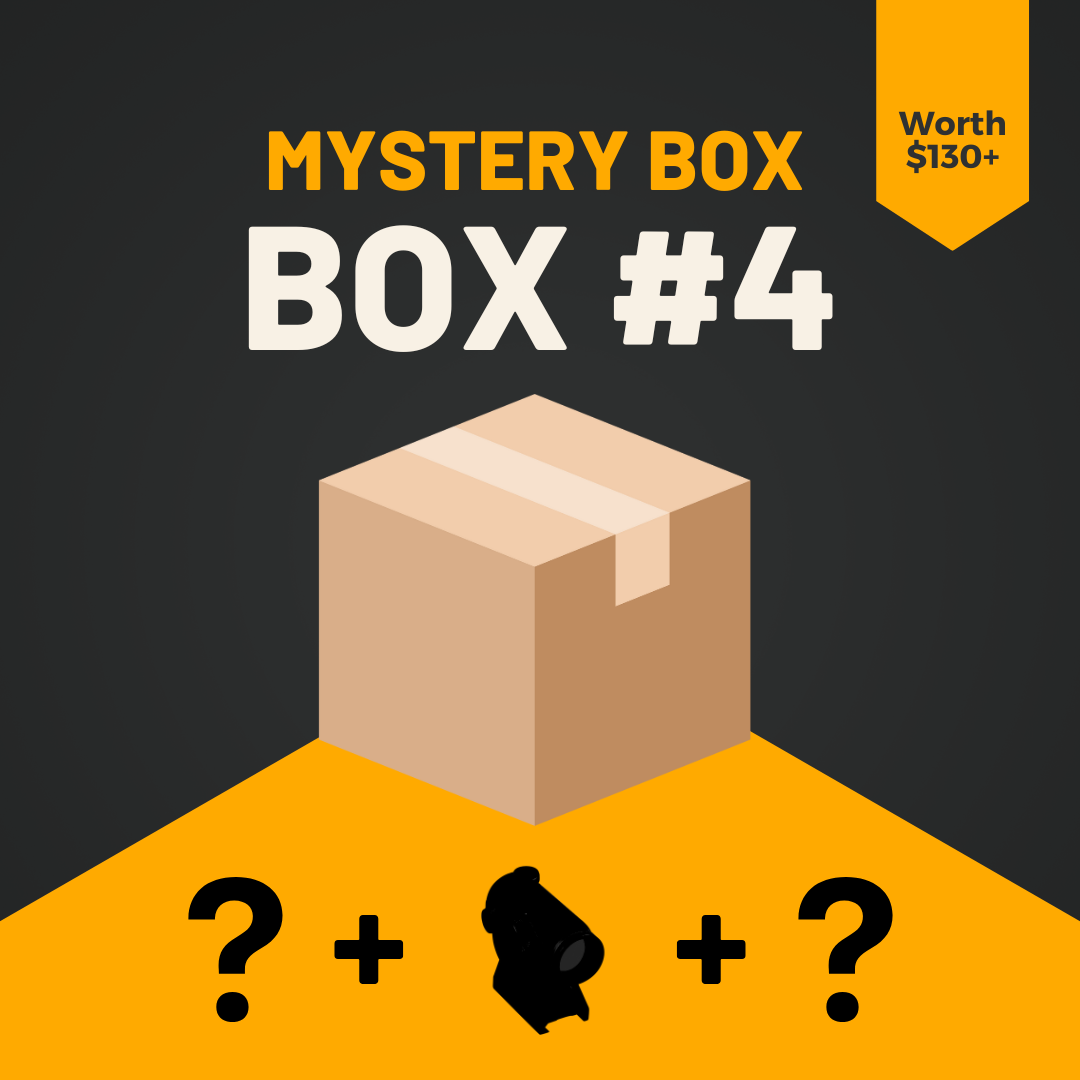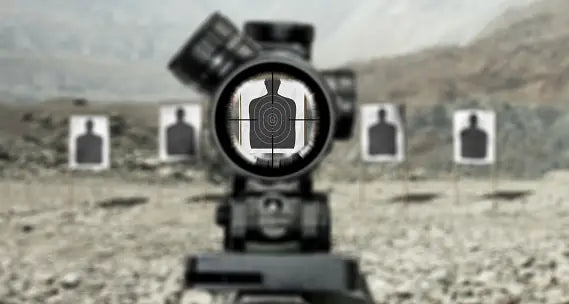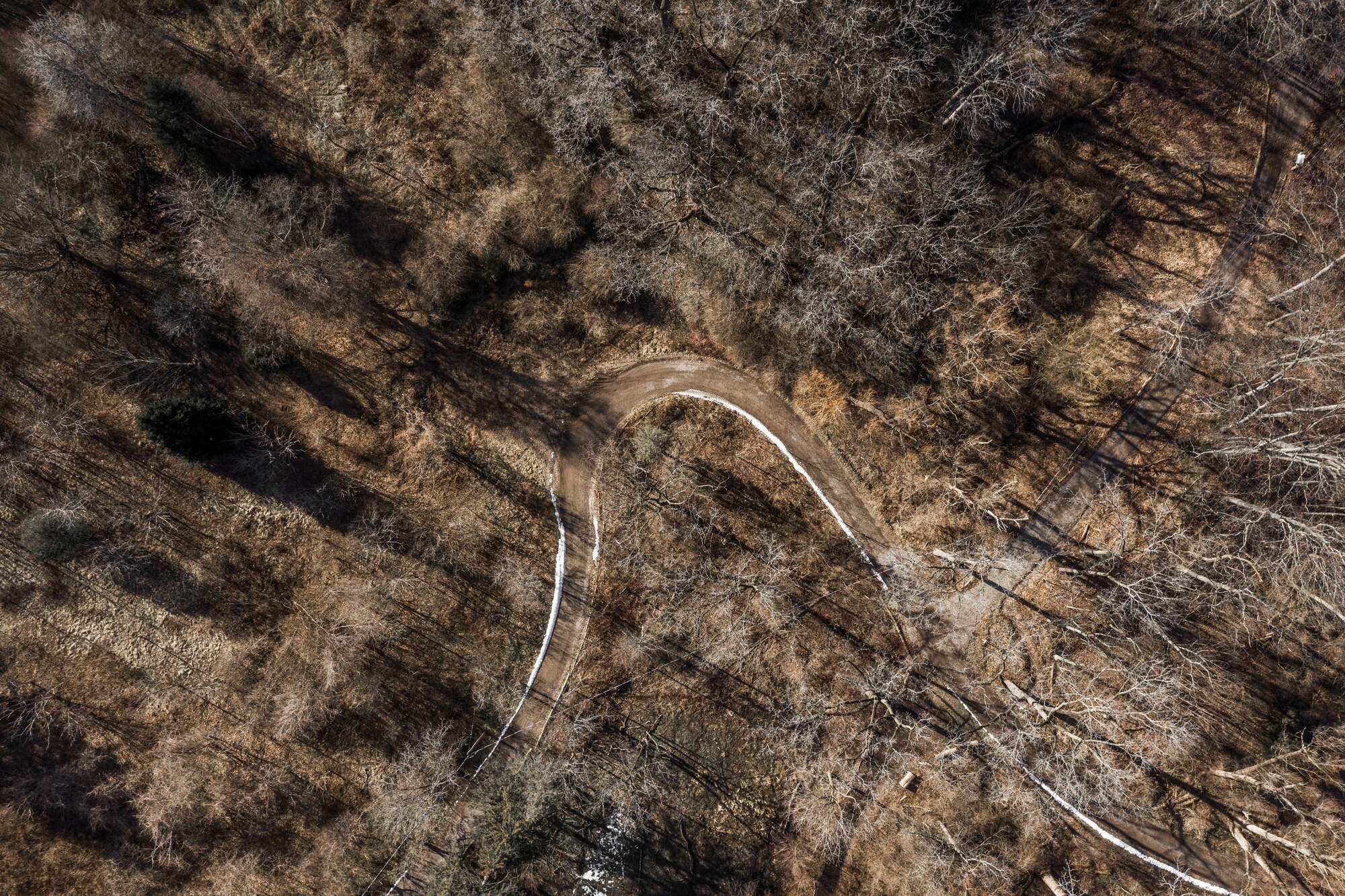Night vision technology has revolutionized various fields, from military operations to wildlife observation and hunting. For beginners venturing into the world of night vision, understanding the basics of night vision scopes is crucial. This comprehensive guide will walk you through the essentials of night vision rifle scopes, covering how they work, their effective range, generations of night vision devices, installation and calibration procedures, and addressing concerns about eye safety.
How Do Night Vision Scopes Work?
What is the Effective Range of Night Vision Scopes?
What are the Generations of Night Vision Devices?
Install and Calibrate a Night Vision Scope
Are Night Vision Scopes Harmful to the Eyes?
(Reading Time: 9-11 Minutes)

How Do Night Vision Scopes Work?
Night vision scopes help you see your target in the dark by capturing and amplifying weak light, such as moonlight or starlight. They can also use infrared light sources, emitting invisible infrared light, and the reflected light will be amplified to form a clear image in the scope.
Light Collection: The objective lens at the front of the scope gathers available light, including visible light and near-infrared light that's invisible to the naked eye.
Light Conversion: The collected light hits a photocathode, which converts the photons (light particles) into electrons.
Amplification: These electrons pass through a microchannel plate (MCP), which multiplies them thousands of times.
Image Creation: The amplified electrons hit a phosphor screen, creating a visible image that's typically green (as the human eye is most sensitive to green light).
Ocular Lens: The image on the phosphor screen is magnified and focused by the ocular lens, allowing the user to see a bright, clear image of the dark scene.
Some modern night vision scopes also incorporate digital technology, using sensitive digital sensors instead of traditional image intensifier tubes. These digital night vision scopes often offer additional features like image recording and Wi-Fi connectivity.
What is the Effective Range of Night Vision Scopes?
The effective range of a night vision scope varies depending on several factors:
1. Generation of the Device: Higher generations generally offer better range and image quality.
2. Quality of the Optics: Better lenses allow for clearer images at greater distances.
3. Ambient Light Conditions: More available light (moonlight, starlight) increases the effective range.
4. Size of the Target: Larger objects are easier to detect at greater distances.
- Gen 1 devices: Effective range of about 75-100 yards
- Gen 2 devices: Effective range of about 200-300 yards
- Gen 3 devices: Effective range of about 300-500 yards or more

Keep in mind that detection range (ability to see that something is there) is typically greater than recognition range (ability to identify what you're seeing). For precise shooting, you'll need to be closer than the maximum detection range.
What are the Generations of Night Vision Devices?
Night vision technology has evolved over time, with each generation offering improvements in performance, clarity, and usability. Night vision devices come in different generations, usually Gen 1, Gen 2, Gen 3, and Gen 4. Gen 1 devices are more basic and less expensive, suitable for entry-level users. Gen 2 and Gen 3 devices offer better performance and clearer images, suitable for professional use. Gen 4 devices are the most technologically advanced, but also the most expensive, and are mainly used in military and professional applications.
- Generation 0: The earliest night vision devices, developed during World War II. They required active infrared illumination and had very short lifespans.
- Generation 1: Introduced in the 1960s, these devices amplify existing ambient light without needing active IR illumination. They offer basic night vision capabilities but have limited range and clarity.
- Generation 2: Developed in the 1970s, Gen 2 devices introduced the microchannel plate (MCP), significantly improving image brightness and clarity. They perform better in very low light conditions.
- Generation 3: Introduced in the 1980s, Gen 3 devices use a gallium arsenide photocathode, providing even better sensitivity and image quality. They're commonly used by military and law enforcement.
- Generation 4: Some manufacturers use this term for their most advanced devices, but it's not an officially recognized category. These often feature improvements like auto-gating and better signal-to-noise ratios.
- Digital Night Vision: A separate category that uses digital sensors instead of traditional image intensifier tubes. While not typically classified by generations, digital night vision technology continues to improve rapidly.
How to Install and Calibrate a Night Vision Scope
Night vision scopes are usually mounted on a rifle's Picatinny or Weaver rail. The adjustment process is similar to that of a normal scope, including adjusting windage and elevation.
1. Installation
a. Ensure your firearm is unloaded and safe.
b. Choose appropriate mounting rings that match your scope and rifle.
c. Attach the base mount to your rifle if it's not already installed.
d. Place the scope in the rings, ensuring it's level and at the correct eye relief distance.
e. Tighten the ring screws evenly, being careful not to overtighten.
2. Calibration
a. Bore sighting: This aligns the scope with the barrel of the firearm. You can use a bore sighting tool or do it manually by removing the bolt and looking through the barrel.
b. Fine-tuning at the range: Start at a close range (25-50 yards) and make adjustments to your windage and elevation until your shots are consistently hitting the target center.
c. Confirm at longer ranges: Once sighted in at close range, test and adjust at longer distances.
3. Night Vision Specific Calibration
a. Focus the ocular lens for a sharp reticle.
b. Adjust the objective lens focus for a clear target image.
c. If your scope has an IR illuminator, adjust its focus and intensity for optimal image quality.
Remember, the exact process may vary depending on your specific scope model. Always refer to the manufacturer's instructions for detailed guidance.

For enthusiasts seeking a high-performance night vision scope, the Pinty Devices offers an impressive array of features.
- Its 4-inch display boasts a crisp 400x960 px resolution, providing clear visuals even in low-light conditions. With a 5x magnification and a generous 13° field of view, this scope strikes an excellent balance between detail and situational awareness.
- The F/1.0 aperture ensures optimal light gathering, while the 3 IR levels allow for adaptability in various lighting scenarios. Perhaps most impressive is its night time observation distance of 1970 ft. (600 m), making it suitable for long-range applications.
- The scope excels in image and video capture, offering up to 58 MP still images and 4K UHD video recording. With 512 GB of storage capacity, you won't miss a moment.
- The IPX4 waterproofing adds durability, while the 5000 mAh rechargeable battery ensures extended use. Weighing just 1.6 lb. (740 g) and measuring 5.7 x 8.4 x 2.8 in., it's surprisingly compact given its capabilities.
Whether for hunting, surveillance, or wildlife observation, this Pinty night vision scope for rifle is a versatile and powerful tool for nighttime exploration.
Are Night Vision Scopes Harmful to the Eyes?
Night vision scopes will not cause harm to your eyes with normal use. These devices are designed to be safe and suitable for nighttime use. Just avoid looking directly at strong light sources such as the sun or strong artificial lights for long periods of time to avoid damaging the device.
Light Intensity: The image you see through a night vision scope is much dimmer than what you'd see through a day scope or with the naked eye in daylight. This reduced light intensity is unlikely to cause eye strain or damage.
Infrared Illuminators: Many night vision scopes come with built-in infrared illuminators. While IR light is invisible to the naked eye, prolonged direct exposure to high-intensity IR sources could potentially cause eye damage. However, the IR illuminators used in consumer night vision devices are typically low-power and safe for normal use.
Sudden Bright Lights: If a very bright light suddenly appears while you're using the scope (e.g., a car's headlights), it can cause temporary discomfort or brief "flash blindness." Modern scopes often have auto-gating features to protect against this.
Extended Use: Like any activity that involves focusing on a screen or image for long periods, extended use of night vision scopes might cause eye fatigue. It's a good idea to take regular breaks.
Daylight Use: Using a night vision scope in daylight conditions can potentially damage the device and may cause discomfort to your eyes. Many scopes have protective features to prevent this, but it's best to avoid using night vision in bright conditions.
To ensure eye safety:
- Follow the manufacturer's guidelines for safe use.
- Don't look at bright light sources through the scope.
- Use the scope in appropriate light conditions (dark or very low light).
- Take regular breaks during extended use.
- Keep the ocular lens at the correct eye relief distance.
Conclusion
Night vision scopes open up a new world of possibilities for observation and activities in low-light conditions. By understanding how they work, their capabilities, and how to use them safely, you can make the most of this fascinating technology. Whether you're using a night vision scope for hunting, wildlife observation, or security purposes, proper knowledge and careful use will ensure you have a safe and effective experience.

As you gain experience with your night vision scope, you'll develop a better feel for its capabilities and limitations. With practice, you'll be able to navigate and observe in the dark with confidence, opening up a whole new perspective on the world after sunset.

